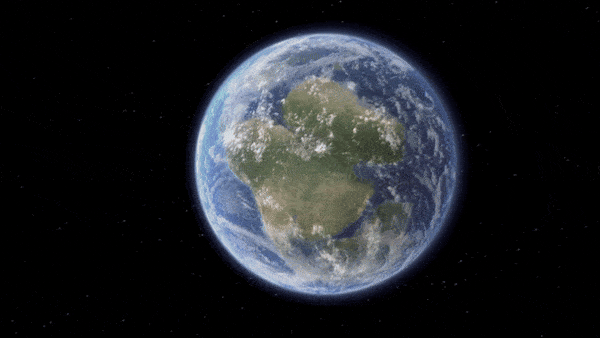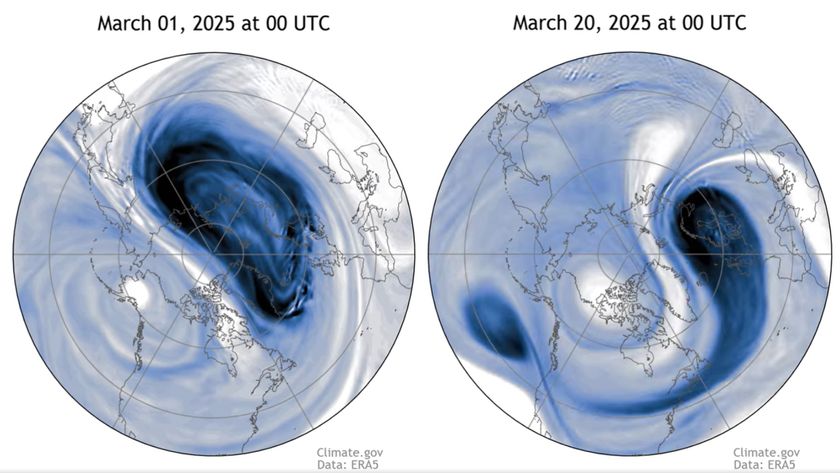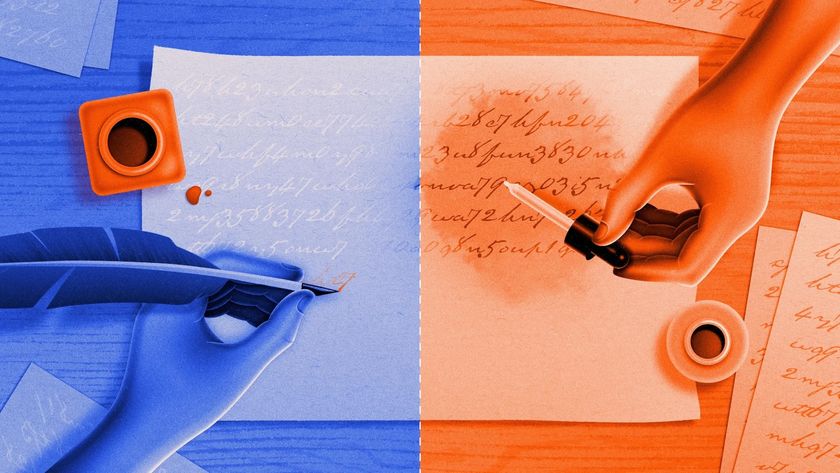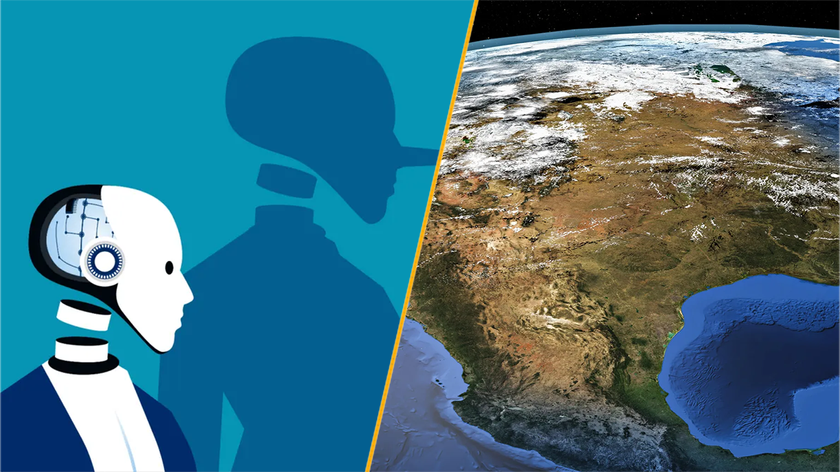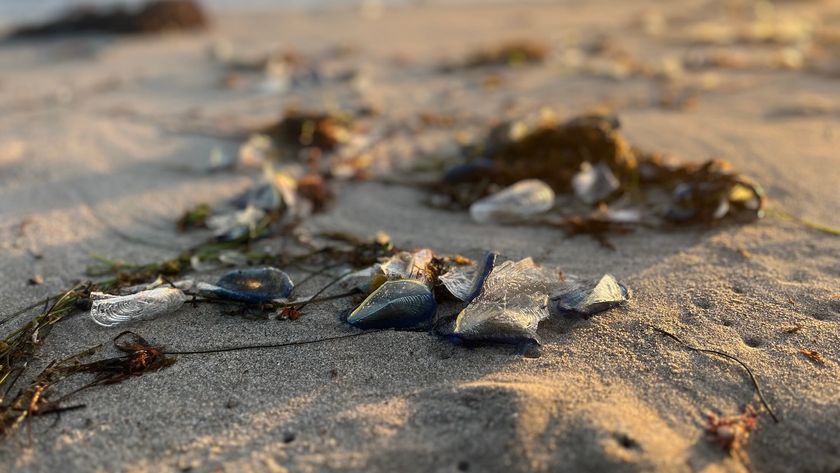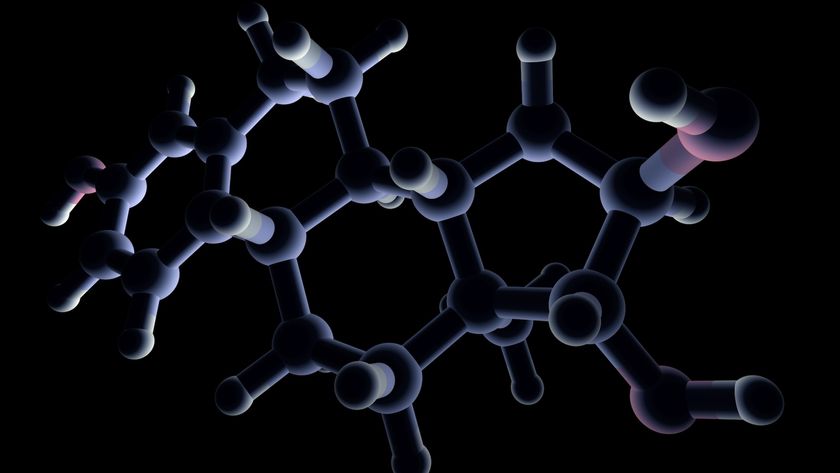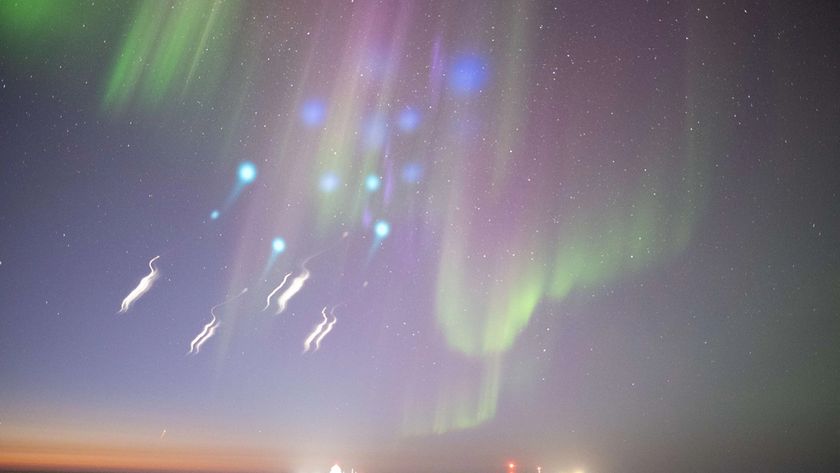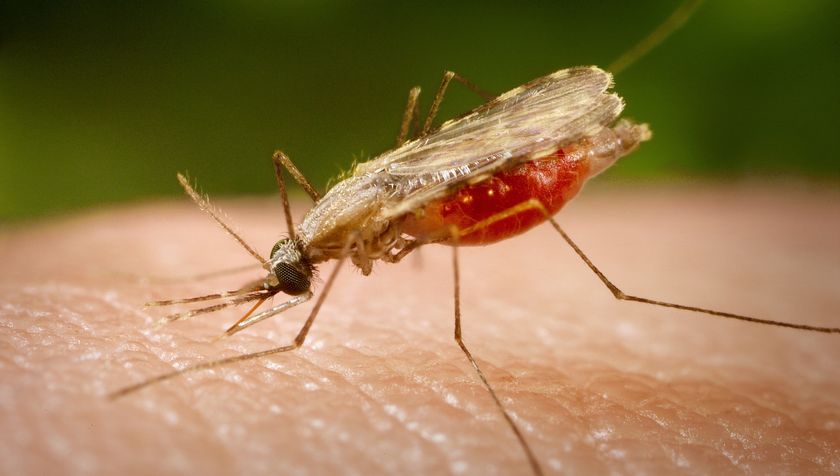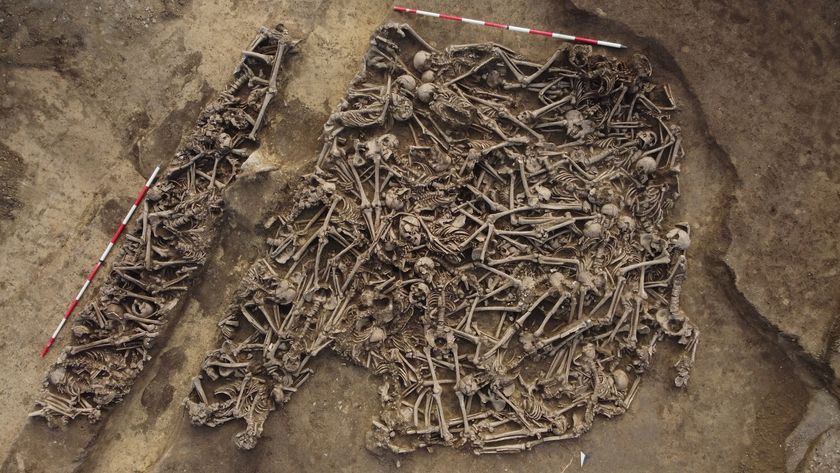Scientist: Maybe Two Snowflakes are Alike
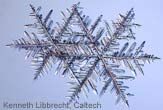
The old adage that "no two snowflakes are alike" might not hold true, at least for smaller crystals, new research suggests.
Snowflakes are created when snow crystals stick together. Some contain several hundred crystals [images]. Scientists investigate how snowflakes form because of the possible influence they may have on global climate. In addition, researchers now believe ice crystals in the atmosphere, which typically are snow crystals too small to fall to the ground, play a key role in ozone depletion, possibly by acting as a catalyst to break down ozone.
Ice crystals in the atmosphere are also believed to influence the production of lightning, by helping electric charges build up in clouds.
How many snowflakes?
The number of cubic feet of snow that falls on the planet each year is about 1 followed by 15 zeros, which is a million billion, estimates cloud physicist Jon Nelson at Ritsumeikan University in Kyoto, Japan, who has studied snowflakes for 15 years. Similarly, all this snow weighs about a million billion kilograms.
((ImgTag||right|null|null|null|false)) How Snowflakes Form
A typical snow crystal weighs roughly one millionth of a gram. This means a cubic foot of snow can contain roughly one billion crystals. A rough estimate of the number of snow crystals that fall to Earth per year is "about 1 followed by 24 zeros," Nelson told LiveScience. "If another scientist says that I'm off by one or two zeros, then I won't quibble."
Most snowflakes are less than one-half inch across. The smallest may be only about one-tenth of a millimeter across, or four-thousandths of an inch, Nelson explained. Under near-freezing temperatures, light winds and unstable, swirling atmospheric conditions, large and irregular flakes close to two inches long can form, according to the National Snow and Ice Data Center in Boulder, Colo.
Sign up for the Live Science daily newsletter now
Get the world’s most fascinating discoveries delivered straight to your inbox.
5 degrees of separation
A snow crystal begins as a dust grain floating in a cloud. Water vapor in the air condenses on the dust grain and the resulting droplet freezes into a crystal.
A water molecule consists of two hydrogen atoms bonded to an oxygen atom. The angles at which the hydrogen atoms bond to the oxygen atom favor snow crystals to form as hexagonal or six-sided prisms. Ice then grows in branches on each side of the snow crystal.
Snow crystals grow fastest near 5 degrees Fahrenheit.
"So, a temperature rise may cause a growth spurt if the crystal is below 5 degrees F, or it may cause a slowdown in growth if the crystal is above 5 degrees F," Nelson explained. "As to why 5 F is so special, no one knows. However, theory suggests that it has to do with the way the water molecules cluster on the ice surfaces."
Very likely similarities
The exact form each snow crystal takes depends heavily on tiny changes in temperature and humidity it encounters as it falls, resulting in extraordinary diversity [graphic].
Snowflake Images
"It is probably safe to say that the possible number of snow crystal shapes exceeds the estimated number of atoms in the known universe," Nelson said.
Still, while "no two snowflakes are alike" might hold true for larger snowflakes, Nelson figures it might ring false for smaller crystals that sometimes fall before they have a chance to fully develop.
"How likely is it that two snowflakes are alike? Very likely if we define alike to mean that we would have trouble distinguishing them under a microscope and if we include the crystals that hardly develop beyond the prism stage—that is, the smallest snow crystals," Nelson said.
"Good luck finding them though," he added. "Even if there were only a million crystals and you could compare each possible pair once per second—that is, very fast—then to compare them all would take you about a hundred thousand years."

